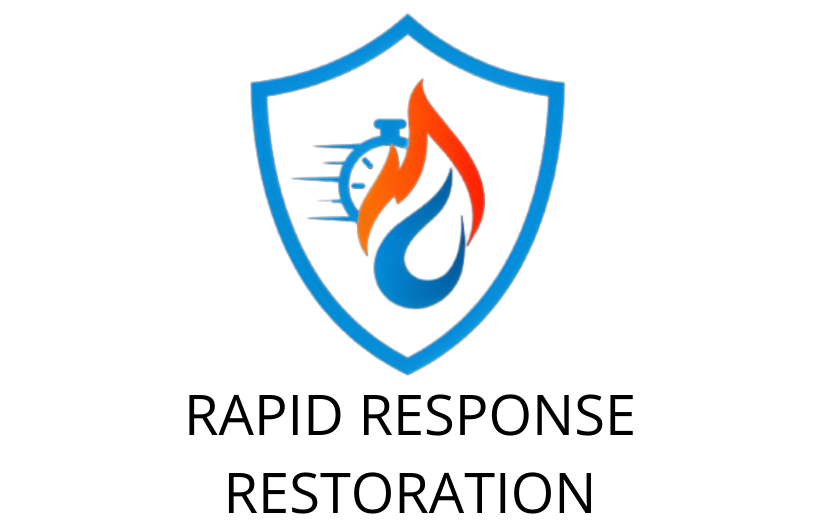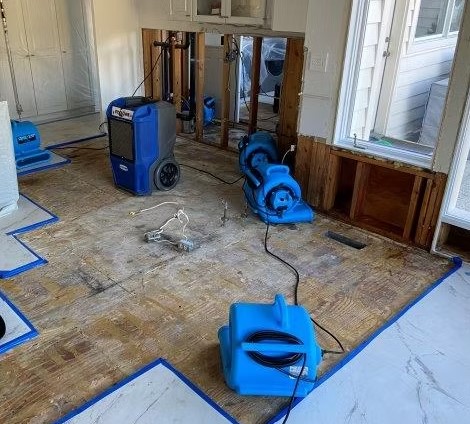What Is Water Extraction and Why Is It Essential After a Flood?
Introduction
When flooding strikes your home, standing water isn’t the only problem—it’s what happens after that that causes lasting damage. Within 24–48 hours, water seeps into walls, floors, and furniture, leading to mold growth, structural weakening, and health hazards. That’s why water extraction is the most critical first step in water damage restoration.
In this guide, we’ll cover:
What water extraction is and how it works
Why immediate water removal is essential
Professional vs. DIY water extraction methods
The drying process after extraction
How to prevent mold and further damage
If you’re dealing with flooding, Rapid Response Restoration provides 24/7 emergency water extraction services to protect your home from long-term damage.
What Is Water Extraction?
Water extraction is the process of removing standing water and excess moisture from a flooded area using specialized equipment. It’s the first and most crucial step in water damage restoration because:
Prevents structural damage (warped floors, crumbling drywall)
Reduces mold growth risk (mold spores thrive in damp environments)
Minimizes health hazards (bacteria, sewage contaminants)
Saves belongings (furniture, carpets, and electronics)
Water Removal vs. Water Extraction
While the terms are often used interchangeably, they differ:
Water Removal
Water Extraction
Basic removal of standing water (e.g., mopping, buckets)
Deep removal of water from carpets, padding, and subfloors
Temporary solution
Thorough moisture elimination to prevent secondary damage
DIY-friendly
Requires industrial-grade equipment for best results
How Water Extraction Works: The Professional Process
Certified water damage restoration companies like Rapid Response Restoration follow a scientific approach to ensure complete water removal.
Step 1: Inspection & Moisture Detection
Technicians use infrared cameras and moisture meters to locate hidden water.
Determine the water category (clean, gray, or black water).
Step 2: Water Extraction Equipment Setup
Submersible pumps – Remove large volumes of standing water.
Industrial wet/dry vacuums – Extract water from carpets and hard floors.
Truck-mounted extractors – High-powered systems for severe flooding.
Step 3: Removing Water from Different Surfaces
Carpets & Padding – Lift carpets to extract water underneath.
Hardwood Floors – Use specialized floor mats to prevent warping.
Drywall & Insulation – Cut out and replace if soaked.
Step 4: Post-Extraction Drying
Air movers – Increase evaporation.
Dehumidifiers – Pull moisture from the air.
Monitoring – Ensures all moisture is eliminated.
Why Immediate Water Extraction Is Essential
Waiting even 24 hours can lead to:
✔ Mold Growth – Begins within 48 hours of water exposure.
✔ Structural Damage – Wood swells, drywall disintegrates.
✔ Permanent Stains – On carpets, walls, and furniture.
✔ Electrical Hazards – Water near wiring increases fire risks.
Professional water extraction prevents these issues by removing 90–95% of moisture quickly.
Types of Water Extraction Equipment
Equipment
Purpose
Submersible Pumps
Removes large volumes of standing water
Portable Extractors
Extracts water from carpets and upholstery
Truck-Mounted Systems
High-powered units for severe flooding
Moisture Meters
Detects hidden dampness in walls/floors
Infrared Cameras
Identifies water behind walls
Certified technicians
Best for DIY: Small spills (e.g., a few gallons from a washing machine).
Call Pros for: Sewage backups, large floods, or hidden moisture.
Signs You Need Professional Water Extraction
Standing water that won’t drain
Soggy carpets or squishy floors
Musty odors (indicate hidden mold)
Water stains on walls/ceilings
Recent plumbing leaks or storms
Rapid Response Restoration offers emergency water extraction 24/7—call us immediately to prevent further damage.
The Drying Process After Water Extraction
Water extraction is only the first step—proper drying is crucial to prevent mold.
Air Movers (High-Velocity Fans)
Circulate air to speed up evaporation.
Dehumidifiers
Remove moisture from the air.
Moisture Monitoring
Technicians check levels daily until completely dry.
How to Prevent Mold After Water Damage
Extract water within 24–48 hours.
Use antimicrobial treatments on affected surfaces.
Keep humidity below 50% with dehumidifiers.
Discard porous materials (carpet padding, insulation) if soaked.
Conclusion
Water extraction is not optional—it’s the most critical step in preventing costly repairs after a flood. While small spills can sometimes be handled DIY, large-scale flooding requires professional equipment and expertise.
Need emergency water extraction? Rapid Response Restoration provides fast, thorough water removal to save your home from mold and structural damage.
Call us 24/7 for immediate help!



Leave A Comment